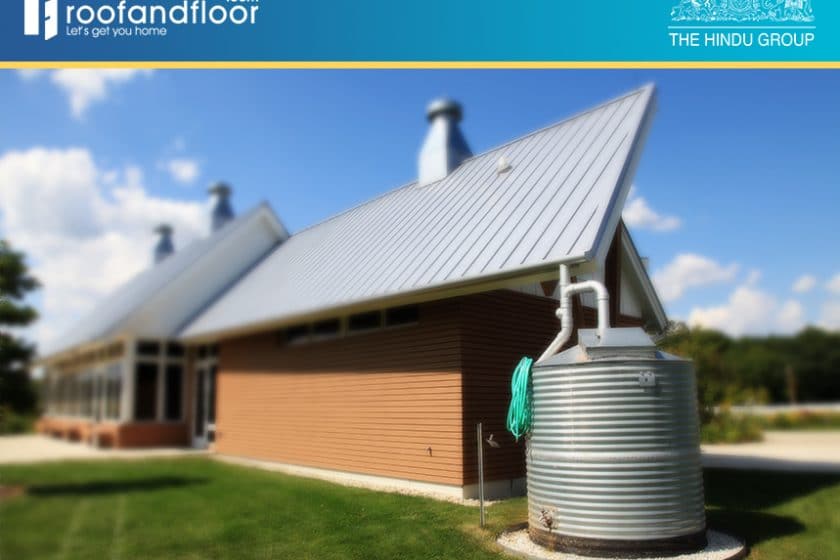Water scarcity is no longer an issue of concern facing us in the future. Water is a scarce commodity in India today. Across the country, citizen groups and experts are discussing ways to conserve water and methods to implement these. Rainwater harvesting has emerged as a viable option. This involves capturing rain water for storage and consequent use or recharging it back into the ground.
As most of us today live in apartment complexes, rainwater harvesting can be discussed and implemented with the help of the apartment associations.
So what is rainwater harvesting? There are three major aspects to rainwater harvesting – catchment, conveyance and storage. Areas that are ideal for collecting water, such as rooftops and paved areas, can serve as catchments. The conveyance system (consisting of pipes or conduits) transports the collected water to the storage area. Ground level or underground tanks, large lakes or ponds can be used as storage options for the rain water.
Rain water is not pure and therefore, it needs to be filtered before storage and use. Silt and suspended impurities need to be removed using filtration methods.
First rain separators
The first few minutes of rain carries the most impurities. The separators do not allow the first rain to pass through the filter. This minimizes the flow of debris through the filter and hence, require less maintenance.
Filter
Impurities can be removed by passing rain water through a filter with chambers containing layers of graded aggregates and one layer of charcoal. This ensures that particles as well as odour is removed.
Underground filters
In cases where it is not possible to have filters above ground, underground filters do the job.
Are you interested in installing a rainwater harvesting system for your home? Some pointers:
- Identify the right place
Choose the part of your roof that has the lowest level to install the harvester. This will ensure the natural flow of rain water into the mechanism.
- Clean the catchment area
Make sure the catchment area is kept clean. In most cases, it is the roof. A clean roof will facilitate the cleaner collection of water.
- Leaf traps
Install leaf traps if the catchment system has trees above it. This way no leaves and twigs will fall into the water.
- Overflow system
Make provisions for excess water to be disposed judiciously.
- Follow regulations
Ensure that your rainwater harvesting system is installed according to prevailing local regulations. Maintain copies of the documents.
As a home owner, the responsibility to conserve and use resources judiciously is on us. Let’s make the commitment now!






